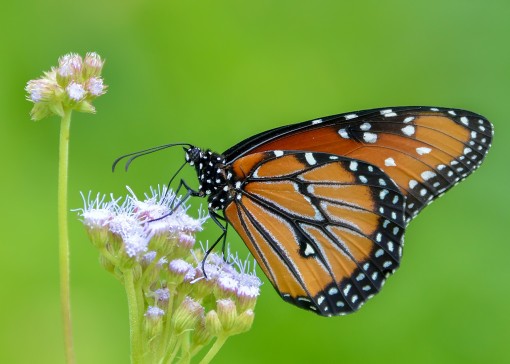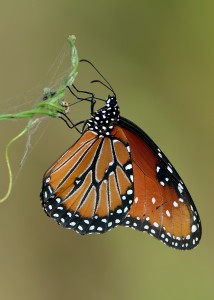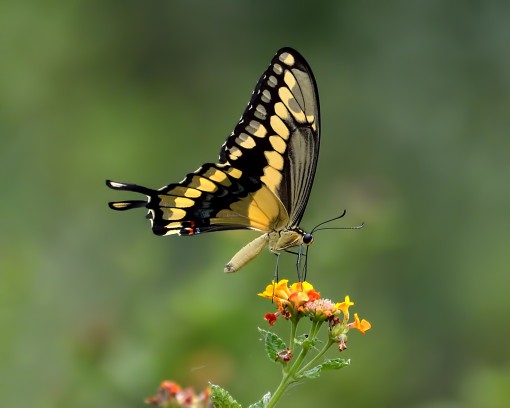Butterfly Magnets
August 24, 2014 | By Shoal Creek Conservancy
This blog post was written by Ted Lee Eubanks. To learn more about the author, please visit this site.

How many butterflies do you know on sight? Do you know their names, the nectar flowers they need as adults, or the plants they feed on as caterpillars?
If you don’t, you are not alone. I suspect that most Austinites have little or no idea who is flying through their yards. Yet, butterflies add a splash of animated color to our lives in ways that birds and other insects can’t. A butterfly’s wingbeats are deliberate and paced, beating without the frenetic energy of a hummingbird or swift. Butterflies are easily approached and studied. And, with a little effort, butterflies can be attracted to our yards.

The list of Central Texas butterfly plants is lengthy. Here is one compiled by Mike Quinn of Texas Parks and Wildlife. Don’t worry about planting all of these recommended plants to attract butterflies. The key is in knowing which ones to cultivate.
For grass-skippers and other small butterflies, there is nothing better than a bed of frogfruit (Phyla nodiflora). Texas lantana (Lantana horrida) is another flower that is a magnet for butterflies such as the giant swallowtail. But my favorite, particularly in the fall, is Gregg’s mistflower (Conoclinium greggii).
The butterfly above, a queen, is nectaring on Gregg’s mistflower. This plant is native to central Texas, and easy to cultivate. And, more importantly, I know of no fall flower that attracts more butterflies.
Another plant that I have recently noticed is the arroyo twine vine (Sarcostemma cynanchoides). This is one of the milkweed vines, and it attracts all of the milkweed butterflies such as the monarch, queen, and soldier. The flowers of this vine also attract a diversity of butterflies such as the pipevine swallowtail.
The queen in the image to the right is resting on this vine after feeding at the nearby flowers. Look closely at the vine just to the left of her thorax. See that tiny caterpillar? That is the queen caterpillar, feeding on the leaves of the same milkweed.
This vine is easily cultivated in our area. The plant prefers well drained sandy soils, and flourishes in caliche. If you need xeric plants for your yard, I would start with this one.
The Conservancy is working to establish a number of pollinator parks around Shoal Creek in the next few years. These gardens are intended to help many of the pollinators, such as the honey bee, that have precipitously declined this past decade. Yet, we will also be helping other insects such as butterflies that depend on nectar plants as well. In fact, we hope to diversify the plants in our gardens in such a way that all of Shoal Creek’s insects, pollinators and butterflies alike, will benefit.

